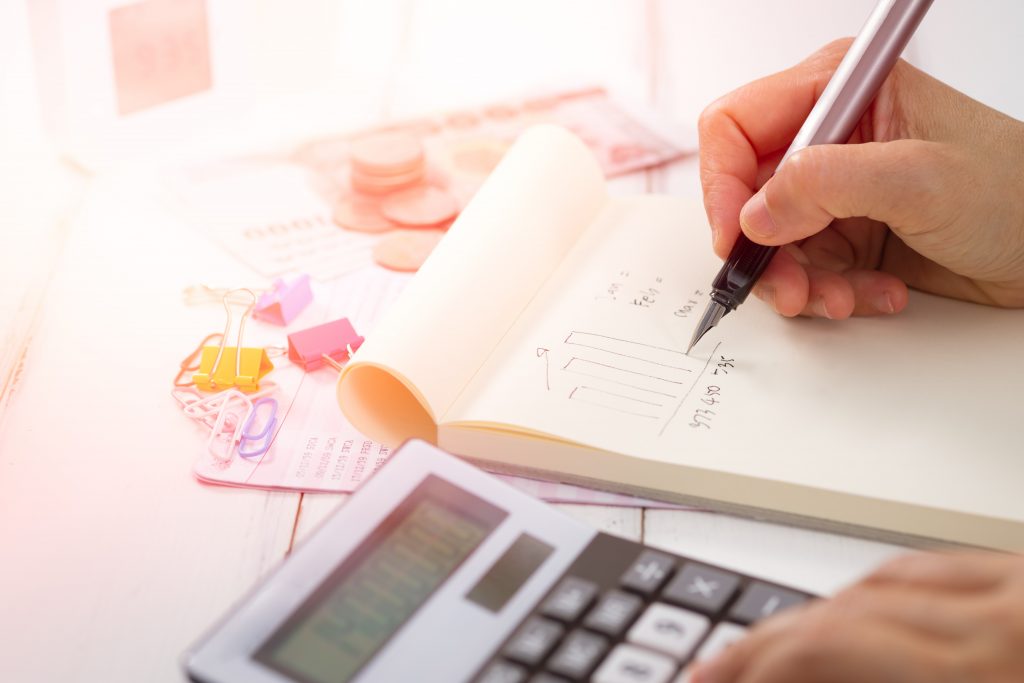Reading time: 5 min.
Financial services often like to remind investors of a well-known fact: investing is risky. The point of this reminder is to stress yet again that a risk-free investment does not exist, which is why all financial service consumers should carefully study all sources related to a potential investment before actually making the investment so they can assess the potential risk’s compliance with their individual risk tolerance.
We in Crowdestate make no allowances when it comes to offering only the best projects for investors, where the presumable rate of return is in accordance with the risk.
Of the 128 projects that we offer as potential investments, 44 have been successfully exited. We have detected some issues with only two projects, but even these are not solid enough to disdain. Regardless, investors might be wondering of the appropriate ways to assess the relation between risk and profit of a crowdfunding project.
Crowdfunding projects are often very distinctive. The risks of a property development project are indirectly assessable in comparison with other similar finished projects, but the actual result of each individual project will only be apparent upon conclusion. We have adopted a rather conservative perspective and assessed a project’s risks a little higher compared to the reference base, which has worked in our favor on several cases. For instance, we assessed the prospective profitability of a production facility in Jüri to be 27.9% on an annual basis, but the actual rate of return turned out to be 48.07%, and as for a hypermarket on Peterburi road, we expected 21.7% but achieved 26.09%.
Some tips for investors on what to monitor or do when assessing the rate of return or a potential risk:
- The location: An attractive neighbourhood with few development options might result in a lower than average risk. A large number of developments in the same region might reduce the duration of an object’s implementation. Study the designs of the planned projects and consider whether a particular project has advantages over other projects, for instance, an apartment sauna, suitable size and amount of rooms, comfortable access to the property, etc.
- Price: Compare the average price of a square meter of your chosen project to the average price of a square meter of other properties in the neighbourhood and make sure that your chosen project can compete.
- The rate of return: If there exists an investment idea with a similar rate of return, then whose risk is lower? Calculate the theoretical rates of return by decreasing the presumable cash flows by, for example, 10%.
For example: if a development project has an assessed rate of return of 10%, but at the same time, loans secured with real estate are also offered with a similar rate of return, then the loan probably has a better balance of risk and profit and you should reconsider investing in the development project.
- Ask information from the Sponsor of the project: It will help you understand the investment more thoroughly.
- Secured or not: If an investment is secured and the potential risks are clearer, then the prognosed rate of return of the investment is respectively lower.
- The Sponsor’s previous experience: If a Sponsor has a history of implementing successful projects, then we consider this Sponsor to have a lower than average risk.
- Remember: Risk is always reduced in accordance with the information you obtain!
The story is slightly more complicated with business financing. You might not find any information you need for comparison. Remember that the profit of a property development project is usually shared, and the amounts might depend on, for example, the market state, but when financing the operating capital of a business, an overly high interest rate might turn out to overburden the principal activities. We must also keep in mind that risk and profit go hand-in-hand, which is why Crowdestate is only offering projects whose prognosed success is more secure.
Some problems might occur due to risks that are not related to business practices. For instance, with the Kevade 9 loan, we could not foresee the recipient’s malice in not repaying the loan. Luckily, we had demanded a mortgage as a security, the realisation of which is currently in the hands of the Estonian legal system. We choose to believe that this project was a statistically inevitable mistake and 9–12% is still a fair interest rate for a mortgaged loan.
We advise Crowdestate investors to invest in projects that comply with their individual risk profiles. The rate of return of even the most secure investment might decrease if a schedule or cash flows are delayed. In conclusion, the most important reminder: you are more likely to succeed if your portfolio is sufficiently diverse.
Go to Crowdestate HERE.




